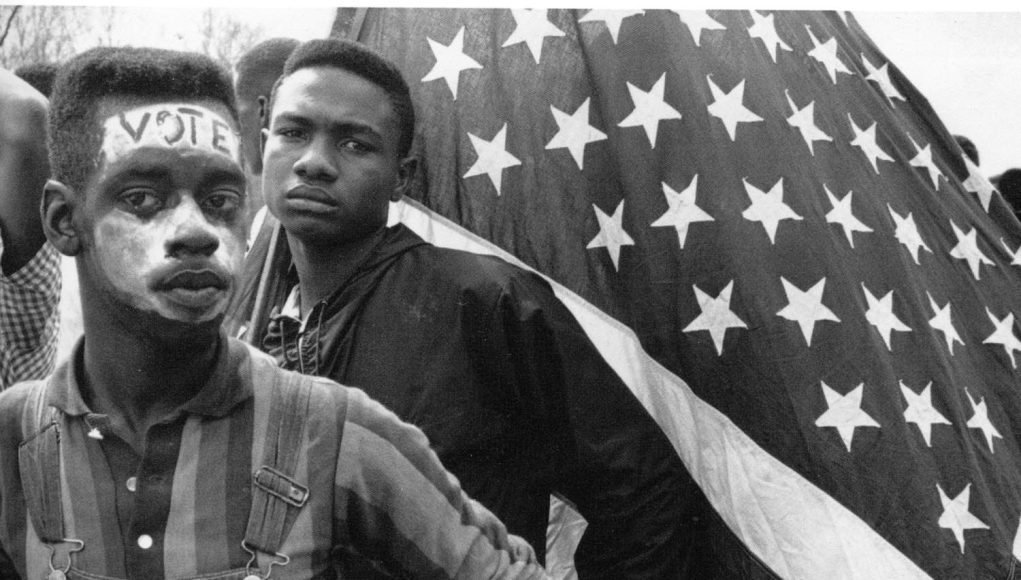“The declining black vote share can be traced to very sharp decline in black turnout in the state, dropping 19 points from 74 percent in 2012 to 59 percent in 2016,” states a new study released by the Center for American Progress titled “Voter Trends in 2016: A Final Examination” speaking of Wisconsin.
That decline is more than four times the national decline for African-American voters. White turnout also dropped, though much more modestly — about 2 points among both white college-educated and non-college-educated populations.
The unprecedented and largely unanticipated election of Republican candidate Donald Trump as president of the United States in 2016 set off intense debates about how his victory was achieved and which factors mattered most in determining the outcome.
“In Wisconsin, we found that 2016 voters were 90 percent white, with 59 percent white non-college-educated and 31 percent white college-educated,” the study reported. “This compares to exit polls that reported an 86 percent white vote, split between 47 percent non-college-educated and 39 percent college-educated. Again, our data show that the state’s electorate was much more white and non-college-educated than the exit polls reported.”
The data from the Center for American Progress study also included estimates for the turnout of eligible voters in both 2012 and 2016 so that the study could assess the role of turnout in shifting vote shares in the electorate.
“Our data indicate that white turnout went up 3 points, from around 61 percent in 2012 to 64 percent in 2016. This is part of the reason for why the white vote share dropped by only 0.3 points even though the white share of eligible voters dropped by 1.7 points,” the report said. “The other part of the reason for why the white vote share held up so well is that the black vote share did not. As noted above, the black vote share declined by a point even though the black eligible voter share went up 0.2 points. This reflects a substantial drop in black turnout between the two elections, falling more than 4 points from 62.1 percent to 57.7 percent.”
Turnout for the presidential election in Wisconsin was at a 20-year low last November. Democrats were hoping for a large turnout and the fact that it was lower than anticipated, they say, helps explain the victories of Trump and incumbent Republican Sen. Ron Johnson. Critics have said that the huge downturn in black voter turnout was because of restrictive Voter ID laws.
A recent study found that 11.2 percent of eligible nonvoting registrants were deterred from voting in the 2016 election because of restrictive voter-ID laws. That study concluded that 16,800 to 23,250 voters in the Dane and Milwaukee counties — the two Democratic strongholds of Wisconsin — did not vote because of the voter ID law. The research is the latest indicator that such laws, pushed by Republican governors and state legislatures across the country, have succeeded in preventing some poor and black voters from turning out at the polls.




























